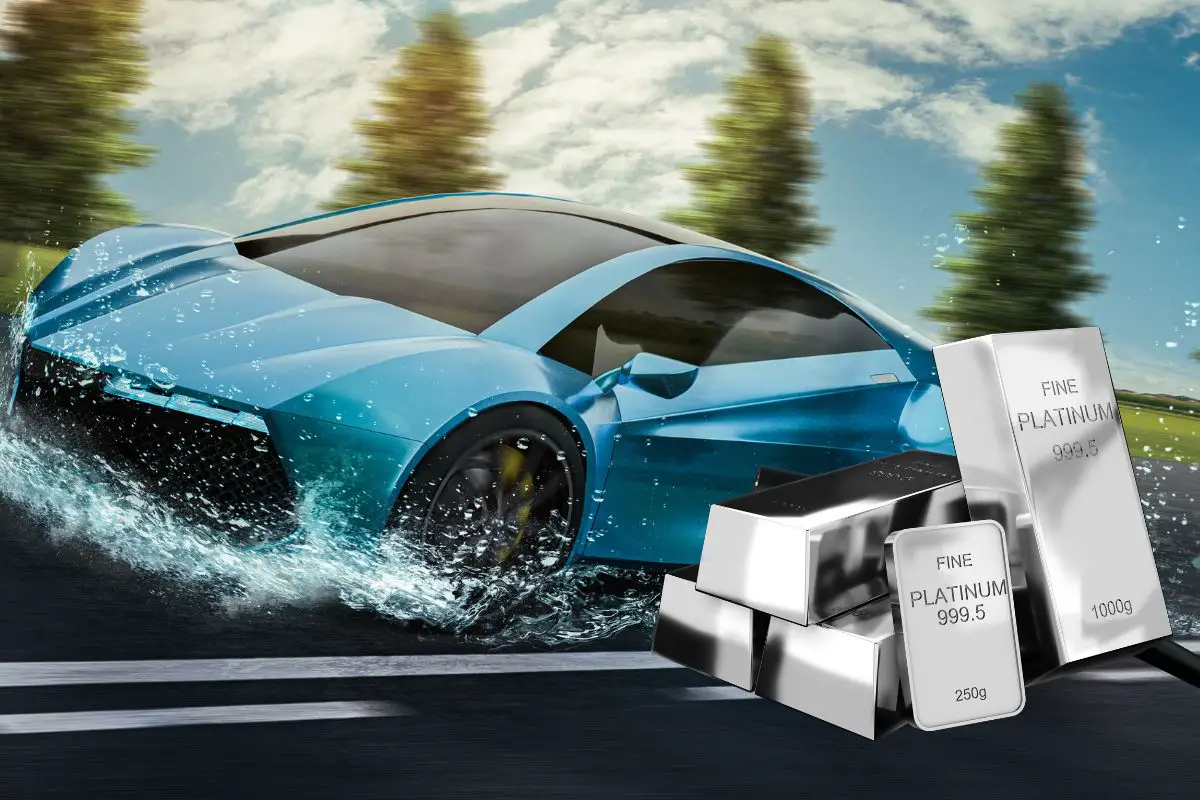Despite the fact that it’s made using platinum, it doesn’t cost more than a regular combustion engine.
Intelligent Energy, a company from the United Kingdom, has released a new platinum-catalyzed hydrogen fuel cell system for passenger cars that doesn’t cost any more to make than internal combustion engines (ICEs).
The affordable system has been patented by the company
The system patented by Intelligent Energy was developed to provide automakers direct access to a powerful, small, turnkey hydrogen fuel cell solution that is commercially viable for them to use for the production of zero-emission passenger vehicles worldwide.
The system, called the IE-DRIVE, is a proton exchange membrane (PEM) fuel cell that uses platinum for its catalyst.
As a concept, this single stack platform is not anything new. In fact, the platinum – a rare and expensive metal – is among the reasons that many H2-powered vehicles are expensive to produce.
The hydrogen fuel cell engine configuration
In the configuration in which it was designed to be installed, the stack has a 157-kW gross electrical power capacity. According to the company, that makes it a higher gross electrical power capacity than any other single stack application currently sold within the passenger auto sector.
Furthermore, the heat exchanger for the system is as much as 30 percent smaller than rival designs at the same net power output, due to the patented direct water injection technology.
Though the system’s test SUV single pass heat exchanger measured only 0.34 m2. That said, it made it possible to cruise at 130 km/h in peak temperatures. Similarly, when traveling up long, steep hills, it reached a speed of 90 km/h in peak temperatures.
The difference a small heat exchanger makes
 Though having a smaller heat exchanger doesn’t sound like much of a big deal in the grand scheme of things, it does make a difference in the ease of packaging the vehicle. Moreover, it is also advantageous to the design of the fuel cell vehicle, especially when it comes to the necessary height of the hood and enhancing driver visibility, according to Intelligent Energy.
Though having a smaller heat exchanger doesn’t sound like much of a big deal in the grand scheme of things, it does make a difference in the ease of packaging the vehicle. Moreover, it is also advantageous to the design of the fuel cell vehicle, especially when it comes to the necessary height of the hood and enhancing driver visibility, according to Intelligent Energy.
Furthermore, the unique direct water injection system made it possible for the company to have to spend less on the materials and components for that part of the system.
Ready to test your knowledge on the most abundant element in the universe? Take our fun and engaging Hydrogen Quiz now!

